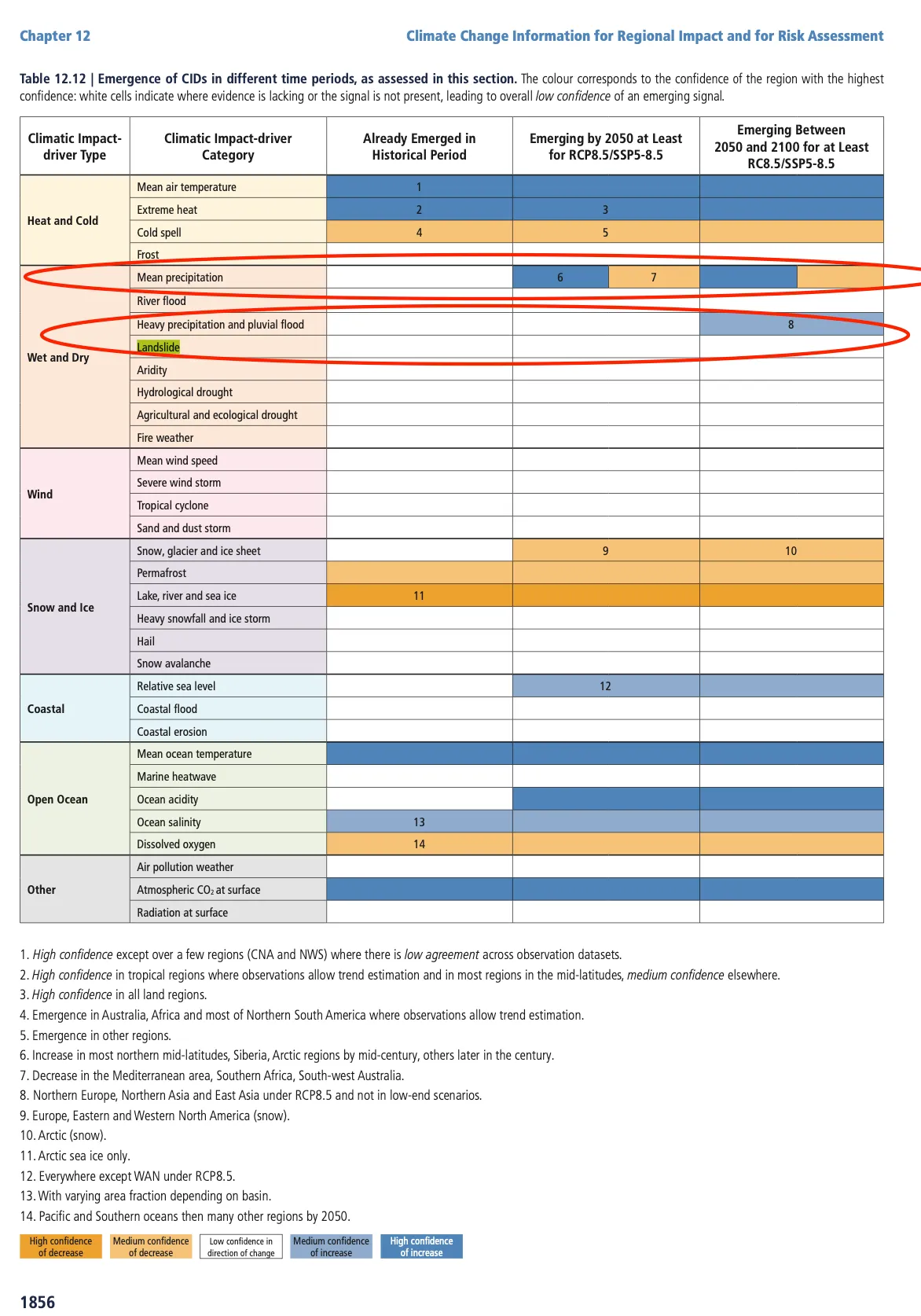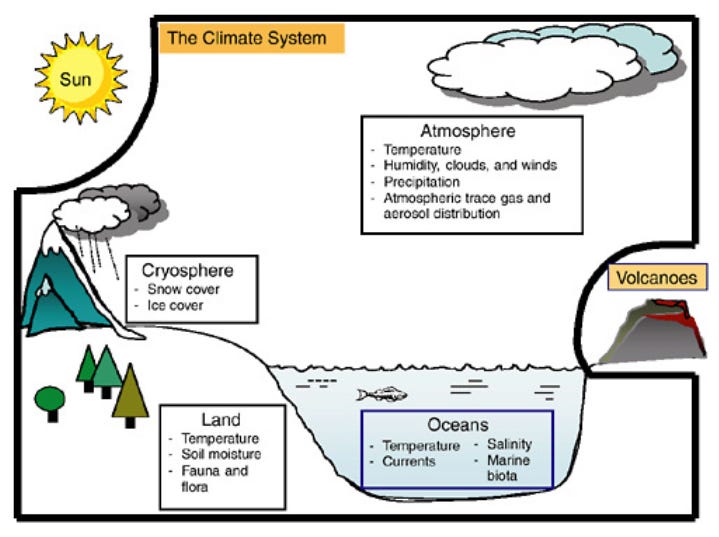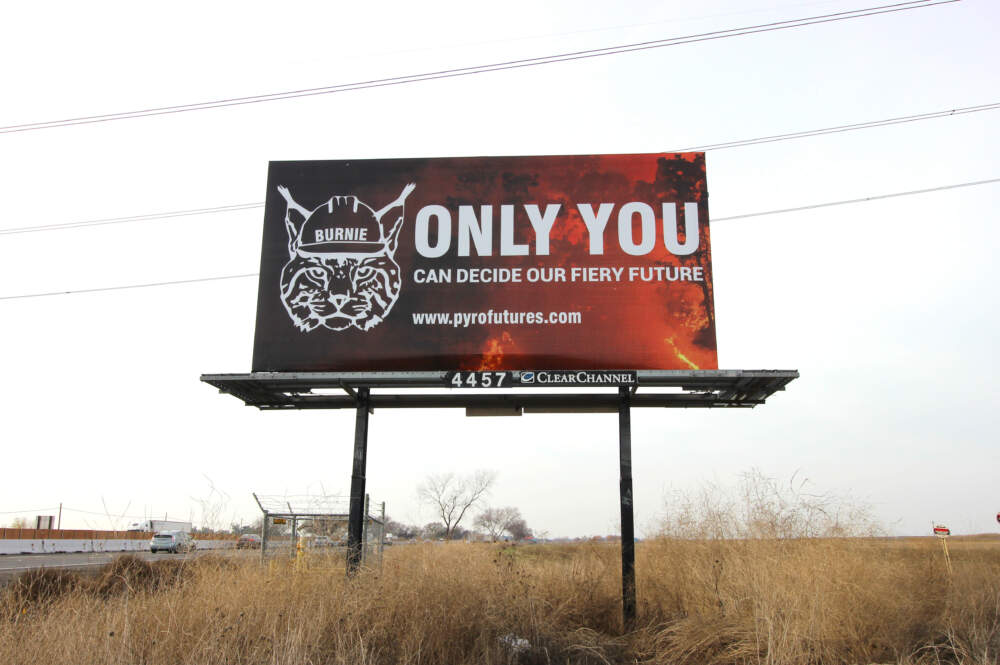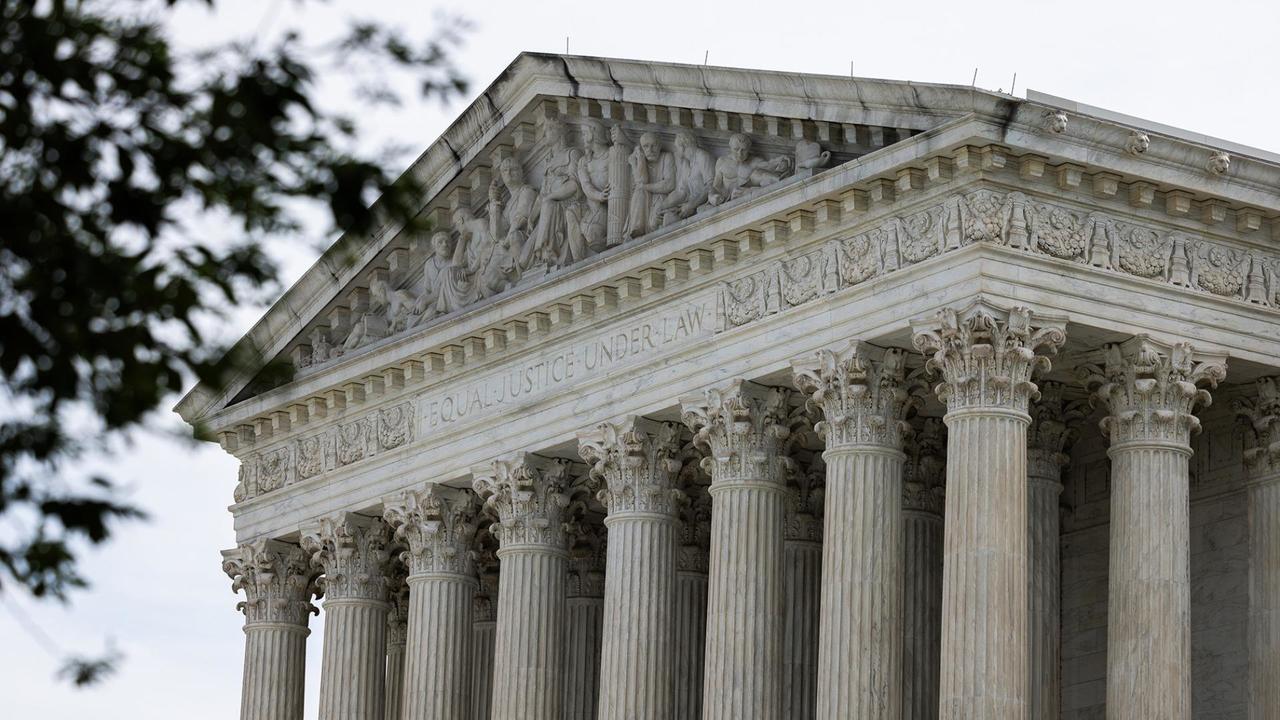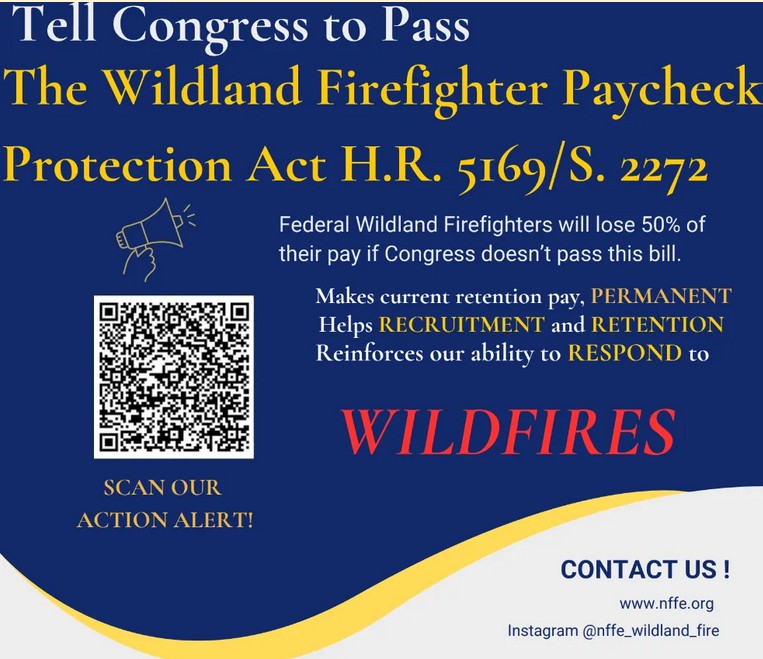
For those of you not following the energy-climate biz, the fact that tech folks want to do bigtime AI means that they are thinking they need nuclear. Our Northern Virginia TSW folks can attest to the growth of data centers. And many folks think that depending on other countries for supply is suboptimal. So here’s an op-ed by a fellow who visited such a mine on the Kaibab National Forest. I was surprised by the 17 acre footprint. There’s no doubt that the footprint of nuclear is smaller than wind and solar, plus new transmission also happening on federal lands. Meanwhile, the Admin is “protecting” more land from energy development of all kinds. I think energy needs a cohesive strategy..
Uranium mines, which provide the fuel for nuclear power, were plentiful in the American Southwest until the late 20th century. Once most American uranium mines closed due to heavy regulation, we began exporting uranium mining and production to Russia and Kazakhstan, among other countries with lower environmental standards.
But recently, Congress passed a bipartisan bill banning Russian uranium imports — which is good news for those who want to expand uranium mining in the U.S. at sites such as the Pinyon Plain Mine, which began operation in January in Arizona after decades of regulatory battles. The mine’s ore is processed at the White Mesa Mill in Blanding, Utah.
Unfortunately, Pinyon Plain is still battling environmental groups that have substantially delayed projects like these through intense litigation. They’ve claimed the mine is too close to the Grand Canyon and that it poses serious threats to the people and environment nearby. They are pressuring Arizona Gov. Katie Hobbs to close the mine even though Hobbs has called it “probably the most regulated mine in the entire country.”
We discussed Energy Fuels in this post. The Grand Canyon Trust folks are not fans of uranium mining nor the White Mesa Mill’s recycling or waste disposal (depending on your point of view) efforts. From this story:
For years, the Energy Fuels White Mesa Mill in Blanding was the only operating uranium mill in the United States. Last week, the company announced it has commenced production at the facility and at two other locations in Utah and/or Arizona. Energy Fuels is also preparing two mines in Colorado and Wyoming to begin uranium production within one year. The company stated it has commenced production due to increased prices, supportive government policies from the Biden Administration, and an enhanced interest in securing domestic supply.
And
Irina Tsukerman, a member of the American Bar Association, Section of Environment, Energy, and Resources (SEER), said she believes domestic interest in uranium mining may now have bipartisan support due to increased trust in our country’s ability to regulate the industry and ongoing wars in Ukraine and the Middle East.
“Utah is one of the few states that harbors most of the uranium in the US,” she said. “It aligns with the goals of both parties: environmental concerns, energy independence, and support for United States security… It simply works, and when something simply works there won’t be much room for political bickering.”
Maybe not, but I think there will be plenty of room for litigation, as always ;).
Anyway, back to the op-ed.
Driving up to the mine on a warm June afternoon, I was struck by what a small area the mine occupies. The mine sits in a natural clearing of trees in the Kaibab National Forest, occupying a 17-acre plot of land. I wondered how this blip on a map could hold enough energy to power the state of Arizona for a full year with carbon-free energy, as the mine’s owner, Energy Fuels, claims.
After a safety briefing, two of the 35 miners who work at Pinyon Plain accompanied me on an elevator descending 1,400 feet below the surface. (That’s roughly equivalent to the height of the Empire State Building.) Once underground, I saw how information about the mine shared by some environmental groups was wildly exaggerated or, in some cases, flat-out wrong. What I saw was an operation that had countless measures in place to protect the safety of those working there and to prevent harm to the surrounding environment.
Underground, I spoke with many of the miners, who were immensely proud to provide clean energy for the country and ensure its production in and for America. I learned the truth about uranium’s radioactivity: that a lifelong uranium miner is exposed to less radiation than an airline pilot, and I even held uranium in my hand. I saw how the mine’s natural geological protections have been supplemented with carefully crafted technological systems to prevent any opportunity for water contamination.
But most of all, I was struck by how small-scale an operation it was, especially when compared to the immense size of the Grand Canyon, which itself is a 40-minute drive from the mine.
Enough protection for the environment and worker safety? I don’t know. I don’t think Benji Backer (the author) knows. Grand Canyon Trust folks don’t want it to exist, so they may know but will always tell us that it’s not enough. I guess we have to depend on the regulators, both the state and feds, and unions.

